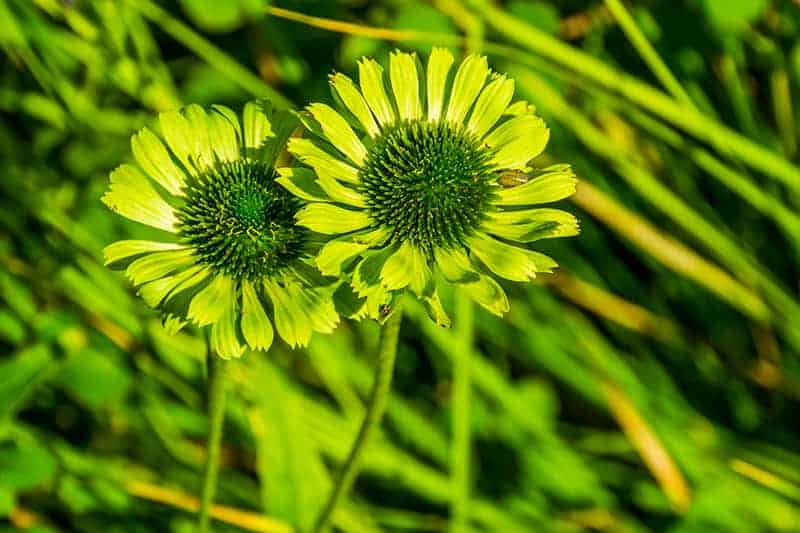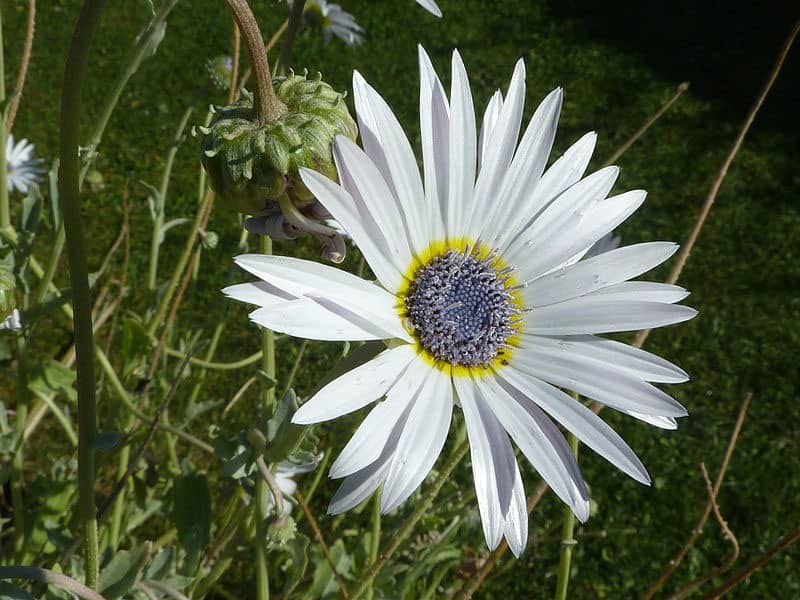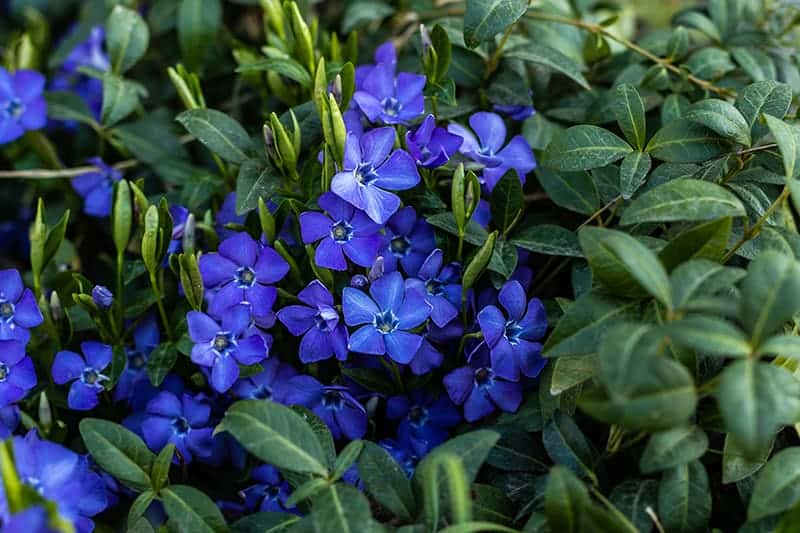Plants and Trees with Orange Flowers for Sale - Buying & Growing Guide
Do You Know Your Growing Zone? i Growing zones help determine if a particular plant is likely to grow well in a location. It identifies the average annual minimum winter temperatures across the U.S. provided as a map by the USDA.
7 Results
Plants and Trees with Orange Flowers – Buying & Growing Guide
If you’re looking for plants that will add a colorful pop to your garden, look no further than orange flowers. Orange blooms energize your garden; they will have passers-by turning for a second look at your bright landscape. Explore different varieties of orange flowers to see how they can transform your garden.
Types of Orange Flowers
| Type | Growing Zones | Mature Height | Sun | Features |
| Flowering Maple; Abutilon hybrida ‘Lucky lantern Tangerine’ | 8-10 | 10-12 inches | Full to partial sun: 4 or more hours of direct sun a day | Dwarf semi-evergreen shrub; long-lasting orange flowers; drought-resistant |
| Sunset Hyssop, Agastache rupestris | 5-9 | 1-3 feet | Full sun: 6 or more hours of direct sun a day | Fragrant tubular salmon-orange flowers; blooms all summer; deadheading encourages blooms |
| Mountain Aloe, Aloe marlothii | 8-10 | 8-10 feet | Full sun: 6 or more hours of direct sun a day | Single-stemmed evergreen succulent; racemes with tubular orange blooms; pollinator magnet |
| Angel’s Trumpet, Brugmansia versicolor | 9-11 | 10-15 feet | Full to partial sun: 4 or more hours of direct sun a day | Large shrub or small tree; blooms summer-fall; fragrant flowers start out white and turn orange |
| Pot Marigold, Calendula officinalis | 2-11 | 1-2 feet | Full to partial sun: 4 or more hours of direct sun a day | Cheerful orange flowers are edible; very cold hardy; good plant for borders or containers |
| Trumpet Vine, Campsis radicans | 5-9 | 20-40 feet | Full to partial sun: 4 or more hours of direct sun a day | Self-clinging woody vine; 3 inch trumpet-like orange flowers; easy to grow; needs trellis or fence |
| Tickseed, Coreopsis ‘Mango Punch’ | 9-10 | 8-12 inches | Full sun: 6 or more hours of direct sun a day | Orange flowers with red edges; blooms summer-fall; low maintenance; thrives in poor soil |
| Orange Cosmos, Cosmos sulphureus ‘Cosmic Orange’ | 2-11 | 1-2 feet | Full sun: 6 or more hours of direct sun a day | Hardy annual; 2 inch vibrant orange flowers; blooms from early summer-fall |
| David Howard Dahlia, Dahlia ‘David Howard’ | 8-11 | 2-3 feet | Full sun: 6 or more hours of direct sun a day | Award-winning 4 inch flowers bloom from July-frost; excellent cut flowers; deadheading encourages blooms |
| Coneflower, Echinacea ‘Sombrero Adobe Orange’ | 4-9 | 1-2 feet | Full to partial sun: 4 or more hours of direct sun a day | Intense orange 3 inch flowers; long bloom season; flowers draw birds; drought resistant |
How to Plant and Grow Flowers
Every flowering plant will have unique needs, so choose a site for your plant that receives the appropriate amount of sunlight. Soil should be fertile and should drain well, as few plants like to stand in puddles.
When transplanting seedlings or nursery plants, unpot your plant and tease out any encircling roots. Dig a hole that is a little deeper than the root ball and twice as wide. Throw in a few handfuls of well-rotted compost or manure and place the plant in the middle of the hole. Fill in around it with soil that has been amended with compost.
Newly-planted flowers should be watered every day or so. Once they are established, you can cut back on watering. In general, you’ll want to water when the soil dries out an inch or so below the surface. Mulching with an organic material such as bark chips can minimize your need for watering.
Give your plant a boost during the growing season with an all-purpose, balanced fertilizer, applying it according to the package directions. With many flowers, you can encourage reblooming by deadheading any spent blooms.










